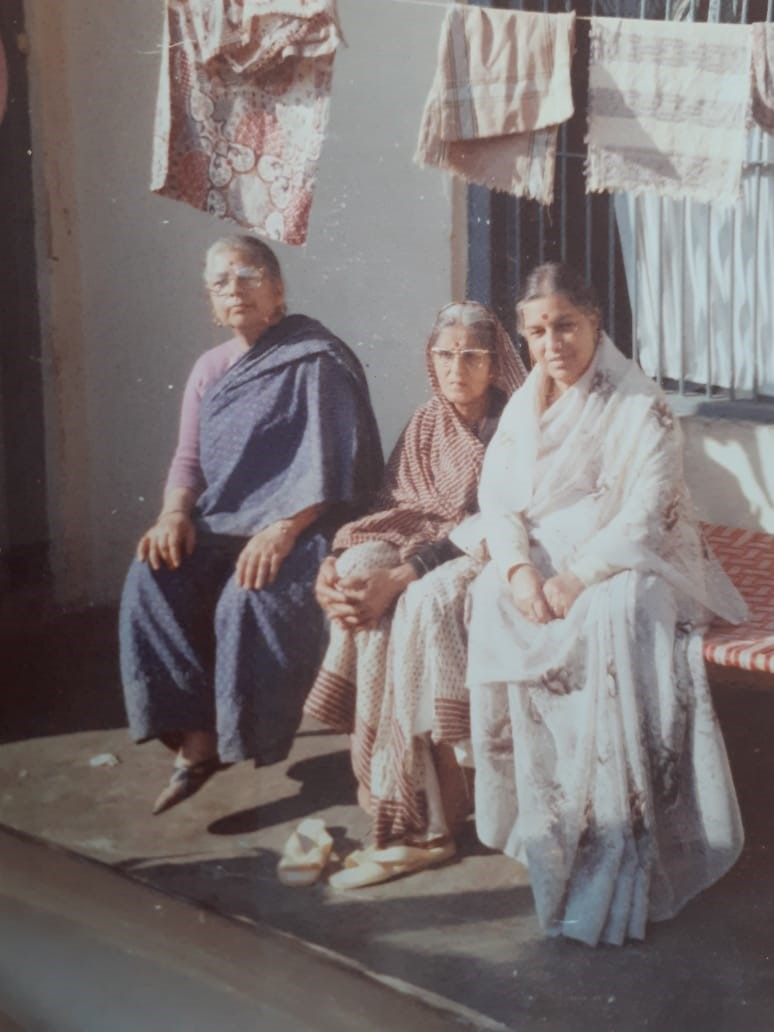I had been procrastinating a certain bank task for a long time. That ‘Steel Cupboard’, custodian of all my savings, nudged me to move and update my policies.
So, one Monday morning I geared up with all the essential weapons - ID proof, residence proof, address proof, and plunged into the sea of babu’s and bhaiya’s at my old bank branch. Not to forget the face mask, sanitiser, and water bottle.
The arrival of RRL Hospital announced the advent of New Delhi. Wide-well metalled roads were lined with a vista of Bougainvillea’s, Frangipani’s, Amaltas’s, and Harshingar’s (Night Jasmine). A rare sight for urban nomads coming from the concrete Millennium jungle. This green abundance, their thick canopies gave a momentary shade to my moving car. Courtesy of Covid-19, I zoomed fast through the otherwise, chock-a-blocked Inner-Ring-Road.
My heart missed a million beats when I took a left for Sarojini Nagar. Humungous blue tin sheets were hiding a secret. I heard the loud roar of drilling machines. High rise branches and leaves of Banyan and Shatoot (Mulberry) trees were standing in silent protest. Their autumn despatches in yellow and dull golden colours, lying on the pavement were a testimony of the plight. What I saw next was a déjà vu moment. Did I again lose my last dwelling to the callous decision of the ministers ruling over us?
The erstwhile two-floored residential complex was in ruins. Huge cranes and excavators were doing an exceptional job. Debris lay unfettered all around, and labourers trampled unmindfully over them. The concrete of the officer’s society was a vivid reminder of the humble and law-abiding lives many officers would have lived here. Away from their home towns, many officers spent the productive times of their lives in this prime location.
Coming to Sarojini Nagar was an annual winter ritual for my family. In the frozen January of Kashmir, my Aunt’s house in Sarojini Nagar was our staycation. But January of 1990 was different. Unbeknown, Sarojini Nagar was destined to be our home for many months to come.
It was the same apartment, where the call from family in Srinagar ordered us never to return – the militants had come looking for my father. Those were days of uncertainty. Upon being uprooted from the valley, acronymic SN became our base camp.
 As a child, a small apartment was nothing in comparison to my ancestral house in Kashmir. In the hope of return, I had even penned many acrostic poems about Kashmir. The bel tree (Aegle Marmelo), in my Aunt’s backyard was my spot for dreamscape.
As a child, a small apartment was nothing in comparison to my ancestral house in Kashmir. In the hope of return, I had even penned many acrostic poems about Kashmir. The bel tree (Aegle Marmelo), in my Aunt’s backyard was my spot for dreamscape.
But, the days ahead taught me to love the Colonial designed, high ceiling apartment. The rectangular garden patch in the womb of three adjacent, two-floored building became a stage for badminton, pitthu, tag, and ice-water games. Children who were used to meeting me for a few weeks each winter, were pleased to know about my indefinite stay. Post dinner walks in the by-lanes of the society was such a breather from the constantly threatened lives in Srinagar. Walks with the family to the tikki-walla, at the rim of the SN market had become a pattern. I had mastered the art of haggling, merely by observing my parents and Aunt at the multiple pop-up shops, hawkers, cart pullers; spotted all around the market. The stifling shopping arcade, the marginal market created by makeshift trolleys, and snack kiosks – these memories are like from yesterday. How could one miss the maxi dresses lying by the heaps, akin to aloo-pyaaz, on the elevated Babu market? And the export surplus market of Sarojini Nagar - the only place where a broke college-goer and latest fashion trends were in congruity.
We would often bask in the veranda, cracking baked peanut shells. Many hawkers passed-by, carrying their basket of fruits, toys, and sweet-meat. My Aunty even got her daughter’s ears pierced from a strange ear-piercer. She even pulled me into getting my cartilage pierced. I wonder now, how could our parents not panic? Wasn’t the ground-floor flat in an ungated society any threat to the security of their children? Didn’t they worry about any of these fly-by-night characters scooping us and hiding us in one of their gunny bags? Were the times too trustworthy or was it mere good luck?
Decimated to the last grain of de-construction, I took a last look at SN. My turbulent heart picked one such grain from my decimated house in Srinagar and another from SN. It decided to string these grains into the life story of nomads like me. With a deep sigh and great difficulty, I pushed these overwhelming thoughts beside me and drove ahead towards the General Post Office at Sarojini Nagar and later towards the SBI at Sector 1 RK Puram. My maiden financial coordinates with the Govt. of India.
Image: Author’s grandmother in the center, her grand-aunts alongside. Veranda of C-321, Sarojini Nagar in January 1987.
Image Source: Author’s personal album
Author and an Educator. Avanti Sopory has authored a collection of folktales from her native place, titled “Catching The Fading Ray” and a collection of short stories from recent pleasant times of Kashmir, titled, “The Kashmir That Was”. She has been a part of various anthologies, like “The Readomania Book of Indian Mythology”, “When They Spoke”, “Crossed and Knotted” and “Defiant Dreams”. Her books are available on Amazon. Click here.


Comments